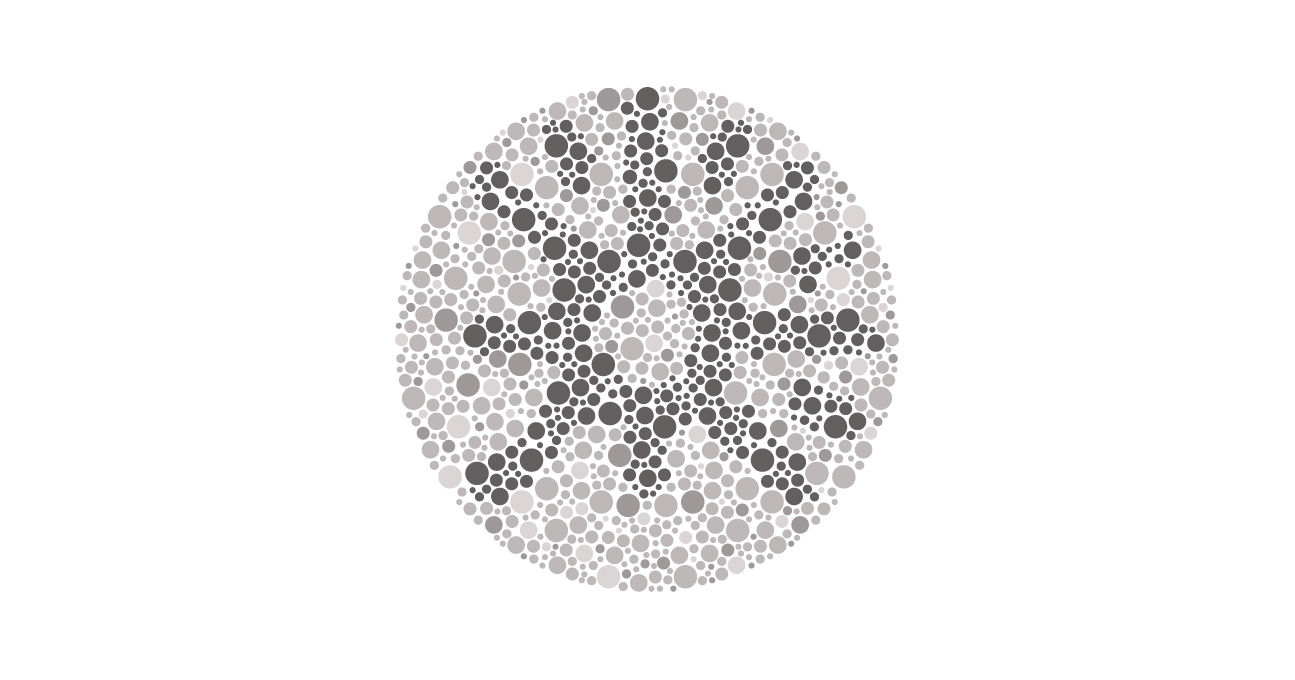Connecting the Dots: Braille in the Digital Age

Remember when the idea of a paperless office was a thing? No one would need hard copies of anything: computers and digital technology would supplant that need entirely.
This hasn't been the case: eReaders, while popular, don't (I understand) provide the same reading experience as paper books. Reading from screens just isn't as comfortable, and hand-written notes are cheaper and easier to use in many instances.
For Braille users though, the effect is the opposite. The prevalence of eBooks have made reading in Braille more possible than ever, increasing blind users' access to books beyond the current estimate of five per cent of print material in an alternate format.
But this does not mean access to braille is or has been a straightforward process.
Firstly, Braille instruction has always been contested. It was thought historically that improvements to technology would make Braille irrelevant. Can you imagine saying the same for print? Sure, the act of printing or writing may not be so popular, but sighted users still read print from screens. Without Braille, blind users have text-to-speech software alone. This is a fantastic option, but it won't teach spelling the way reading a word would; anyone on a blind-specific mailing list doesn't have to look too hard to find a misspelled homonym or name, because someone didn't bother to read by character and just typed the word as they heard it from their TTS engine.
Prior to the ubiquity of computers, Braille was created with typewriter-like devices weighing about 10 pounds, which students (like myself) clunked away on at home and at school. Hard-copy Braille from these devices had to be transcribed by a sighted person with knowledge of Braille, who would write the print words under the braille ones. Though minor errors could be fixed with a braille eraser, major ones meant a page would have to be retyped. Entire office spaces were necessary to house any novel or textbook, some of which contained as many as 35 volumes of Braille for one book.
The closest thing to a note taking device in the pre-digital era was a slate and stylus – a piece of paper would fit between a board and an overlay containing four lines of six-dot Braille cells. Though it was quiet and could fit into a handbag, each letter had to be entered one dot at a time, and backwards.
Then came the electronic note takers. They were personal digital assistants before anyone knew the term: with a clock and calendar, and the potential to connect to a modem. Their most important feature was the ability to create Braille documents on them, save them as plain text files (to floppy discs), and then print those files from a computer. The need for a sighted transcriber was vastly diminished, with the exception of math and music Braille. They could even handle French.
At the same time, the Braille display was emerging – a line of anywhere from 18 to 80 Braille cells that could attach to a computer. They started as heavy devices that attached with serial ports; they now are fairly portable, and have keyboards of their own to act as not only a screen but an input device. Any note taker on the market now can double as a Bluetooth Braille display for a PC, Mac, or a smartphone.
Many consumers are electing for a laptop and a braille display rather than a dedicated note taking device. This new setup is more economical and provides greater access to mainstream applications, at the expense (in my opinion) of battery life (no laptop gives 10 hours of straight use) and portability (my note taker fits on my lap on a crowded bus; my laptop wouldn't).
There is now software to translate print to Braille for any consumer. I can listen to a Microsoft word document with my screen reader, but then translate it into electronic Braille and read it on my note taker, if I feel I'll absorb the information better that way. Even math is improving: I have a course pack for school in electronic Braille including equations that took me seconds to translate from the original print. I couldn't have imagined that'd be possible three years ago. My giant textbooks now come in pdf (if they're text-based), and my math ones come in electronic braille files. Now instead of two extra bookcases I have but one that's half-full of the graphics my texts contain.
But not everything is perfect. The rolling out of a single code for the entire English-speaking world has been making waves, as North Americans have to learn new symbols and forego a few we'd become accustomed to. Math is still a patchy subject. As it's a completely separate code than literary Braille, not all software (and no screen reader) knows how to render it properly. This causes me to fear that anyone using a laptop and a Braille display risks missing out on proper math education if there's no suitable way to show their work for more advanced problems. Freestanding note taking devices now (as of a year or two ago) allow for math Braille translation, but fewer consumers are buying these devices in favour of cheaper mainstream devices. I'm not sure what the status is on music Braille, but I'm not terribly optimistic. Non-English languages (especially non-European ones) are a gamble at best.
In all circumstances, there is much in the way of translating print to Braille, but not as much in Braille to print translation. This is fine for a student with a dedicated teaching assistant, but not so great in a post-secondary or employment situation when one must be virtually self-reliant.
The other main hurdle is cost. I'm fortunate that Ontario's Assistive Devices Program helped with the bulk of my technology needs over the years, but these generous grants can only be accessed every five years. That's an eternity in the technology world. I am further fortunate that I have the means to keep my software up to date, but know I am very lucky in this regard.
In short, there are many reasons why now is the best time to be a blind person, and in particular it's been a great time to be a Braille user. But I am concerned with the slower movement on math, music and non-English Braille in the technical age. I hope that with greater awareness and will, changes will come.
How has technology changed for people with visual impairments?
SUBSCRIBE TO OUR E-NEWSLETTER
 Subscribe
Subscribe


